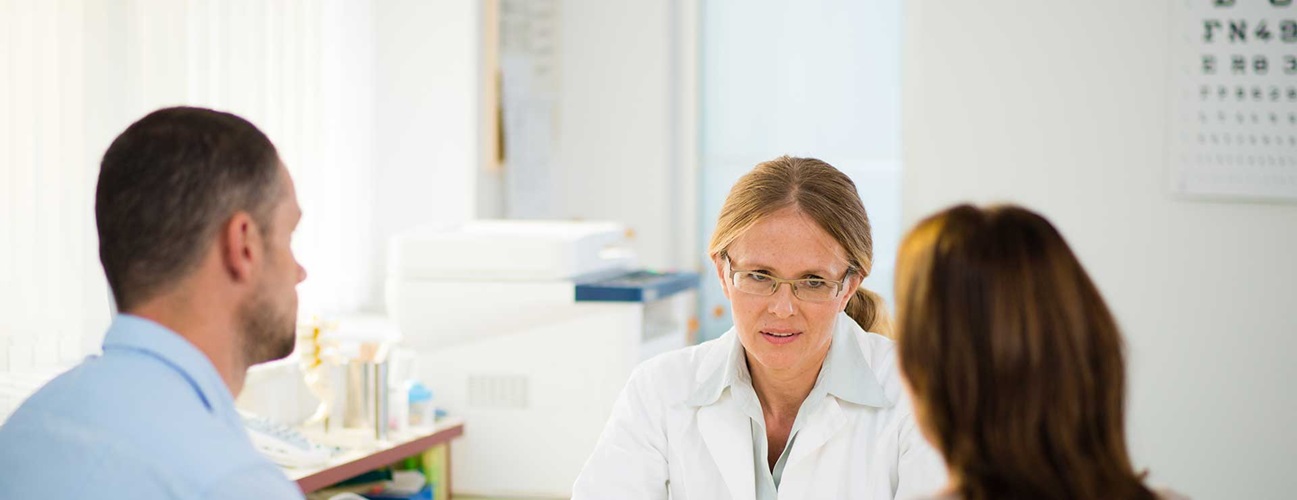Young-Onset Parkinson's Disease

It’s not common to see Parkinson’s disease in people younger than 50, but for a small subset of sufferers, the disease strikes early. While people are diagnosed with Parkinson’s at an average age of 60, anything younger than 50 is considered young-onset Parkinson’s, or YOPD. Rarely, Parkinson’s disease may be diagnosed in people younger than 40 — current estimates are that about 2 percent of the 1 million people with Parkinson’s were diagnosed earlier than age 40.
Although people who are diagnosed young face a different set of challenges, they may also have reasons for hope and optimism based on their age. Here’s what you need to know.
What’s Different About Young-Onset Parkinson’s
The age of diagnosis matters for a variety of reasons, from probable causes of early cases to symptoms and treatment:
- Genetics. As with any case of Parkinson’s disease, the exact cause is usually unknown. That said, young-onset cases of Parkinson’s disease are, on average, slightly more likely to be familial or genetic.
- Symptoms. In many patients with YOPD, dystonia (stiffness or cramping in a muscle or limb) is an early symptom. People with YOPD also report more dyskinesia (involuntary body movements). They also tend to exhibit cognitive problems, such as dementia and memory issues, less frequently.
- Progression. Patients with young-onset Parkinson’s appear to have a slower progression of the disease over time. They tend to have a milder course, staying functional and cognitively intact for much longer.
- Treatment. Most patients with Parkinson’s take the medication levodopa. However, other drugs, such as MAO-B inhibitors, anticholinergics, amantadine, and dopamine receptor agonists, may be used before levodopa.
Challenges of Young-Onset Parkinson’s
One major difference involves the stage of life you may be in if you have Parkinson’s disease in your 40s or 50s, versus later in life. For one, you may be at the peak of your career and parenting children or adolescents still at home. This situation makes focusing on your own wellness and care more difficult.
The ‘Plus’ Side of an Early Diagnosis
The news is not nearly all bad for those with young-onset Parkinson’s. For one thing, patients with YOPD are better candidates for surgical procedures and medical innovations being used or developed to treat Parkinson’s disease. For another, younger patients are less likely to be coping with other health problems at the same time.
Targeting Parkinson’s-Linked Protein Could Neutralize 2 of the Disease’s Causes
Researchers report they have discovered how two problem proteins known to cause Parkinson’s disease are chemically linked, suggesting that someday, both could be neutralized by a single drug designed to target the link.





